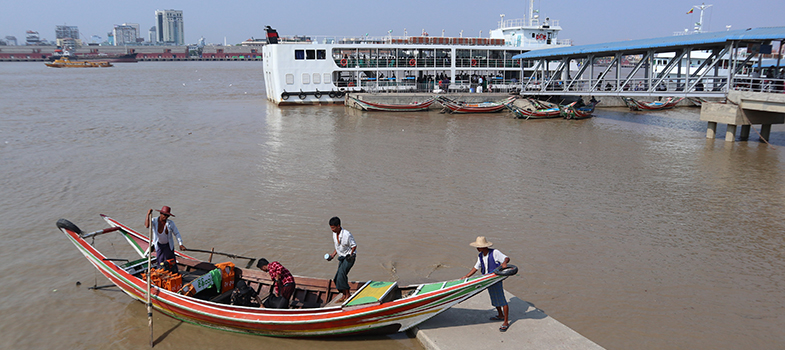4.6 Next steps
If after studying this course and its story of Myanmar’s abundant water resources and their management you are excited to learn more, and do more, there are a number of things you could do. Three next steps are set out here.
Newsletter
You could sign up for a newsletter from an organisation that does research on ecology and water resource management. Some examples are:
Asian Ecology Section (AES) of the Ecological Society of America [Tip: hold Ctrl and click a link to open it in a new tab. (Hide tip)]
Volunteer
You could volunteer at an environment group. Volunteering enables you to become more informed but also to work for the changes you value. Some examples are:
Career
You might want to pursue a career in ecology or more specifically water management. Of course, this route will entail much more studying and training. There are many water related career options.
For example, if it is the water cycle that inspires you, and the interface between the land–surface–water–atmosphere interests you, you could become a hydrologist.
If you are passionate about the seas and oceans, then you might consider a career in oceanography.
If you are fascinated by the changing weather conditions and making predictions based on models, then you might consider a role as a meteorologist.
If you are intrigued by the design and building of major waterworks such as dams and irrigations systems, then a future as a water engineer might appeal.
4.5 What can you do to cut water use and wastage?
